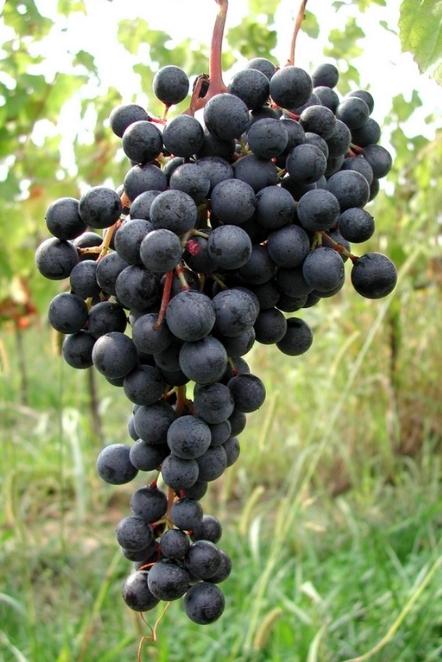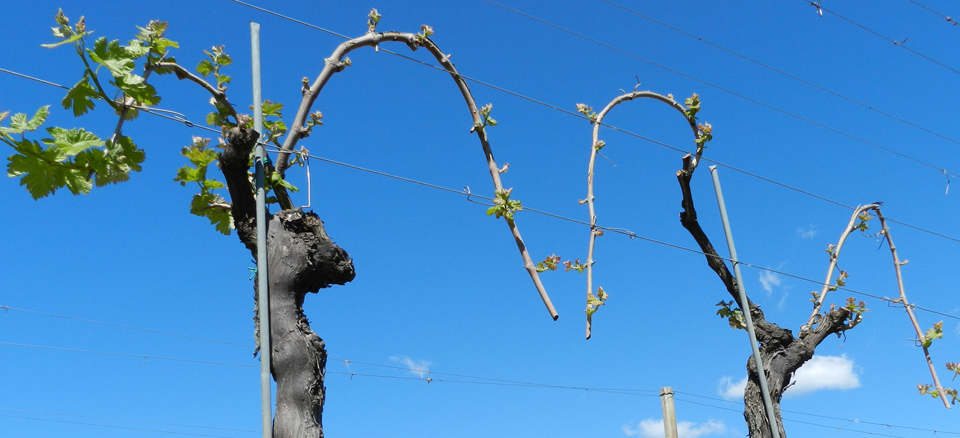Refoscone
(sin. BERZAMINO o BARZEMINO)
In 1893 Refoscone was listed among the varieties with low diffusion in western Friuli and in the low Friuli plain. In the area of Nimis, Faedis and Torreano it is called by the name of Barzemino or Berzamino, while in Cividale, Prepotto, Buttrio, Manzano, Corno di Rosazzo and San Giovanni al Natisone it is called Refoscone.


Your appearance is robust
your character is rebellious.
You are not ceremonious
and you don't give compliments.
But your hand
it is always ready
to give hope
and bestow
a glimpse of blue
in the fickle sky of life.
- Translation from Oscar Della Maestra -
About
In 1893 Refoscone was listed among the varieties with low diffusion in western Friuli and in the lower Friuli plain. In the area of Nimis, Faedis and Torreano it is called by the name of Barzemino or Berzamino, while in Cividale, Prepotto, Buttrio, Manzano, Corno di Rosazzo and San Giovanni al Natisone it is called Refoscone. During a project on the recovery of the viticultural biodiversity of Friuli Venezia Giulia, it was found in various vineyards of the DOC Friuli Colli Orientali area.
Although it has been erroneously defined for a long time synonymous with Refosco di Faedis, Refoscone is a different variety both for the larger cluster size and for the characteristics of the leaf. Most likely the name Refoscone was attributed to this variety precisely because of the larger size of the bunch compared to the other Refoschi.
In the winemaking tradition of Nimis it was used in blends with other local black grape varieties (Cjavalgjàn, Cremin and Curvin) thus obtaining a wine of a different territory than other neighboring wineries.
This variety is not present in the National Register of Vine Varieties so it cannot be cultivated.
Refoscone has a first degree relationship with Refosco di Faedis, and is half-brother of several representatives of the Refoschi family (Tazzelenghe, Refosco di Rauscedo and Refosco Bianco), as well as the two minor native varieties of Friuli called Coneute and Polposa.
The wine of this variety was vinified only at an experimental level, and the result obtained unfortunately did not show any noteworthy qualitative potential, on the contrary some characteristics typical of wild varieties emerge.
Dott. Paolo Sivilotti
Listen now
Music composed and performed by Claudio Filippini - piano
inspired by the original poems of Oscar Della Maestra
Discover the next biotype or...
...scan the next QR code!

